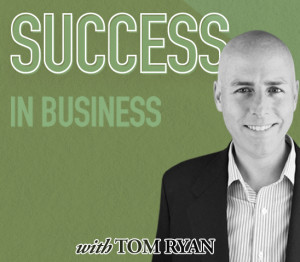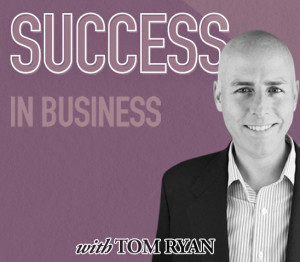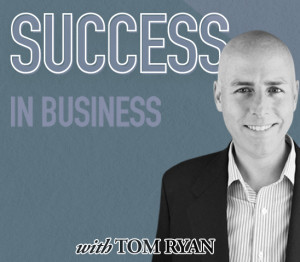 A few weeks ago, I was talking with one of the first-time entrepreneurs I mentor as a Kauffman Foundation Entrepreneur In Residence. As we were working through the details of getting them ready to start their first funding round, they asked me a really great question.
A few weeks ago, I was talking with one of the first-time entrepreneurs I mentor as a Kauffman Foundation Entrepreneur In Residence. As we were working through the details of getting them ready to start their first funding round, they asked me a really great question.
“Tom, if you were starting a new business today, what is the first thing you would do?”
As I started to think about the answer, I found myself getting really excited. Even without having a specific business concept in mind, my mind was flooded with some great ideas for getting a new business off the ground. At the same time, the answer to their question was obvious, because every plan I could come up with was built on the same cornerstone: Getting the financials in order. Continue reading





